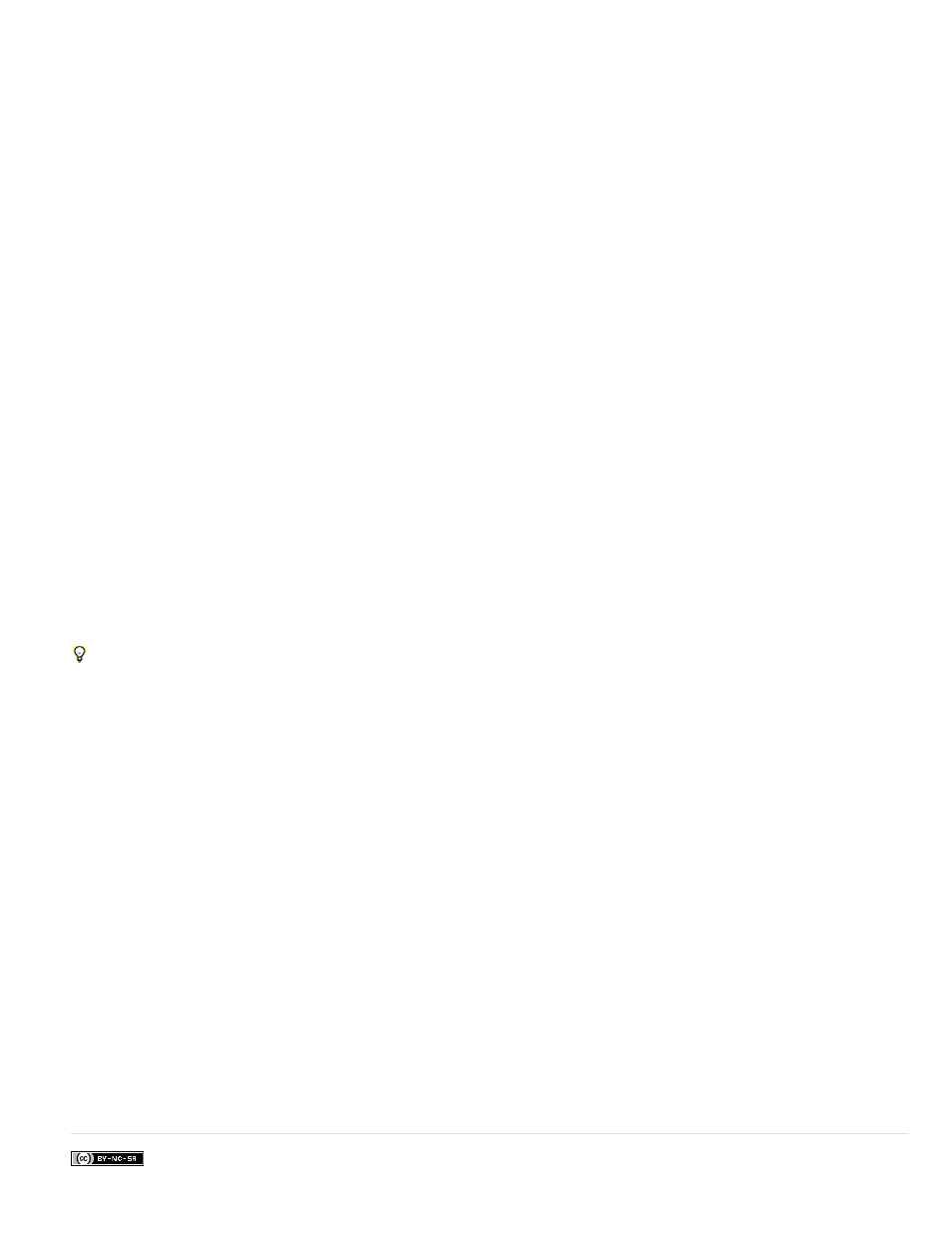Adobe Premiere Pro CC v.7.xx User Manual
Page 548

Facebook posts are not covered under the terms of Creative Commons.
Overlay
Soft Light
Hard Light
Vivid Light
Linear Light
Pin Light
Hard Mix
Difference
Exclusion
Subtract
Divide
Hue
Saturation
Color
Luminosity
Multiplies or screens the input color channel values, depending on whether or not the underlying color is lighter than 50% gray. The
result preserves highlights and shadows in the underlying layer.
Darkens or lightens the color channel values of the underlying layer, depending on the source color. The result is similar to shining a
diffused spotlight on the underlying layer. For each color channel value, if the source color is lighter than 50% gray, the result color is lighter than
the underlying color, as if dodged. If the source color is darker than 50% gray, the result color is darker than the underlying color, as if burned. A
layer with pure black or white becomes markedly darker or lighter, but does not become pure black or white.
Multiplies or screens the input color channel value, depending on the original source color. The result is similar to shining a harsh
spotlight on the layer. For each color channel value, if the underlying color is lighter than 50% gray, the layer lightens as if it were screened. If the
underlying color is darker than 50% gray, the layer darkens as if it were multiplied. This mode is useful for creating the appearance of shadows on
a layer.
Burns or dodges the colors by increasing or decreasing the contrast, depending on the underlying color. If the underlying color is
lighter than 50% gray, the layer is lightened because the contrast is decreased. If the underlying color is darker than 50% gray, the layer is
darkened because the contrast is increased.
Burns or dodges the colors by decreasing or increasing the brightness, depending on the underlying color. If the underlying color is
lighter than 50% gray, the layer is lightened because the brightness is increased. If the underlying color is darker than 50% gray, the layer is
darkened because the brightness is decreased.
Replaces the colors, depending on the underlying color. If the underlying color is lighter than 50% gray, pixels darker than the
underlying color are replaced, and pixels lighter than the underlying color do not change. If the underlying color is darker than 50% gray, pixels
lighter than the underlying color are replaced, and pixels darker than the underlying color do not change.
Enhances the contrast of the underlying layer that is visible beneath a mask on the source layer. The mask size determines the
contrasted area; the inverted source layer determines the center of the contrasted area.
For each color channel, subtracts the darker of the input values from the lighter. Painting with white inverts the backdrop color;
painting with black produces no change.
If you have two layers with an identical visual element that you want to align, place one layer on top of the other and set the blend mode of the
top layer to Difference. Then, you can move one layer or the other until the pixels of the visual element that you want to line up are all black—
meaning that the differences between the pixels are zero and therefore the elements are stacked exactly on top of one another.
Creates a result similar to but lower in contrast than the Difference mode. If the source color is white, the result color is the
complement of the underlying color. If the source color is black, the result color is the underlying color.
Subtracts the source file from the underlying color. If the source color is black, the result color is the underlying color. Result color
values can be less than 0 in 32-bpc projects.
Divides underlying color by source color. If the source color is white, the result color is the underlying color. Result color values can be
greater than 1.0 in 32-bpc projects.
Result color has luminosity and saturation of the underlying color, and the hue of the source color.
Result color has luminosity and hue of the underlying color, and the saturation of the source color.
Result color has luminosity of the underlying color, and hue and saturation of the source color. This blend mode preserves the gray levels
in the underlying color. This blend mode is useful for coloring grayscale images and for tinting color images.
Result color has hue and saturation of the underlying color, and luminosity of the source color. This mode is the opposite of the Color
mode.
551
